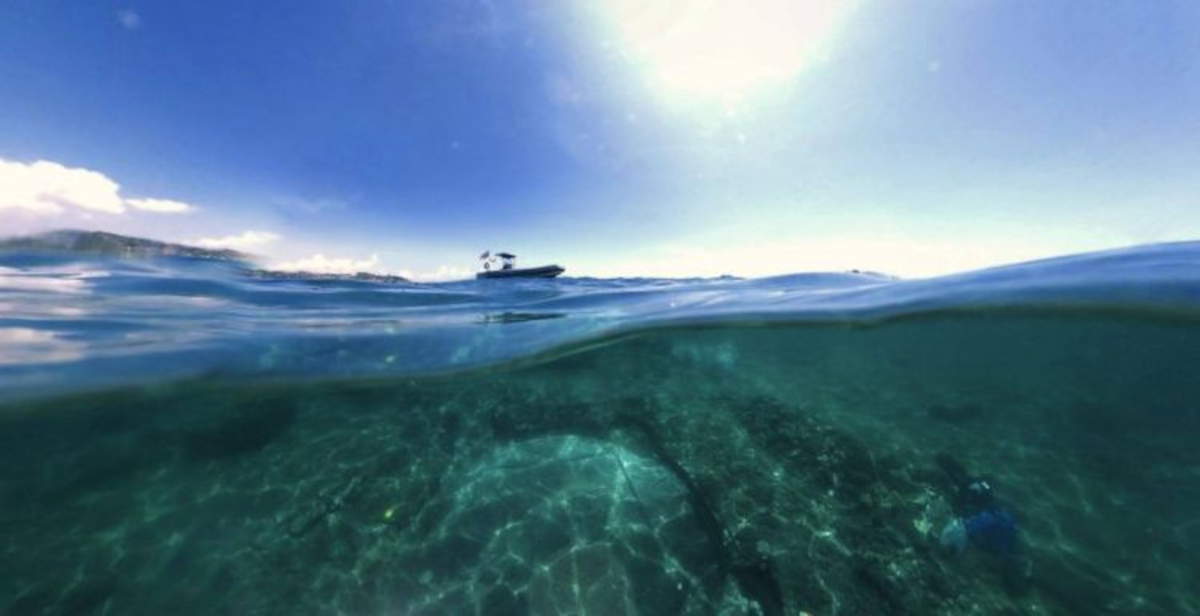Underwater excavation operations that unearthed a Roman-era thermal environment, located at a depth of three meters in the center of the Portus Iulius, within Zone B of the Baia Underwater Park, were completed in recent days. The intervention, conducted after the site was identified in 2023, has allowed the documentation of a well-preserved structure, offering new perspectives for the study of the underwater archaeological complex.
The room, which can be traced back to a hot bathing hall, stands out for its excellent state of preservation. The mosaic floor, still in its original position, rests on the pilae of the suspensurae system: these are small brick pillars that supported the floor, creating a cavity in which hot air circulated. Heat also spread through tubes inserted in the walls, allowing the room to be heated evenly. The type of structure corresponds to a laconicum, or sauna-like room, common in Roman baths.


Numerous ceramic materials were recovered during the excavation, which are currently being studied and appear to be of particular interest for the reconstruction of the site’s history. According to initial hypotheses, their analysis may clarify not only the construction techniques adopted, but also the circumstances that led to the destruction and abandonment of the environment. Among the possibilities under study is the identification of the hall with the baths of Cicero’s Villa, mentioned in ancient sources and located precisely in the Baia area. The Portus Iulius, now submerged due to bradyseism that has lowered the ground level relative to the sea, represented an important port and residential complex in Roman times. The presence of such well-preserved thermal environments confirms the architectural richness and complexity of the facilities in the area, which combined public and private functions.
Excavations have also revealed traces of pictorial decoration on the walls of the environment, albeit in a fragmentary state. These are chromatic remains that, despite their long stay underwater, allow us to assume the original presence of an elaborate decorative apparatus, probably in line with the taste of the time for richly embellished thermal environments. The next step, scheduled for autumn, will be the restoration of the mosaic floor, which has concretions in some areas due to mortar residues. At the same time, conservation work will be carried out on the wall surfaces to preserve the traces of paint still visible. The restoration work, combined with the study of ceramic finds, will provide a more accurate picture of the chronology and life stages of the environment.
 |
| Phlegraean Fields, submerged thermal environment resurfaces: possibly the baths of Cicero's villa |
Warning: the translation into English of the original Italian article was created using automatic tools. We undertake to review all articles, but we do not guarantee the total absence of inaccuracies in the translation due to the program. You can find the original by clicking on the ITA button. If you find any mistake,please contact us.